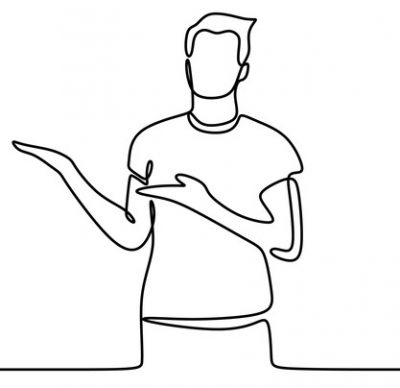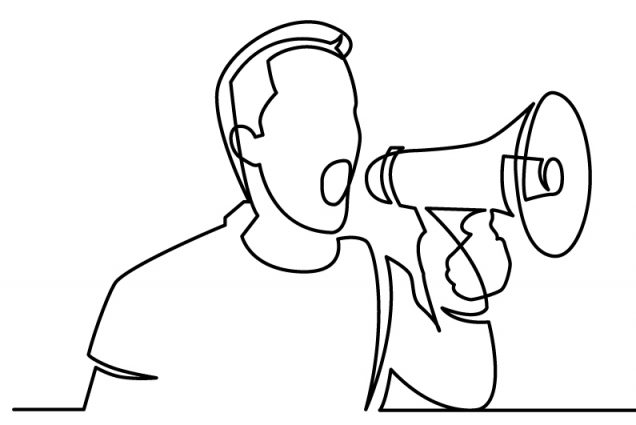Technology has changed the way we live in the 21st century, and it’s changed the way artists and cultural organizations connect with audiences. Gone are the days when billboards, newspapers and bus ads engaged supporters. Today’s arts patron is more likely to discover upcoming events via a screen.

Arts marketing practices can be refreshed by reimagining traditional methods. Erik Gensler, president of Capacity Interactive, a New York City-based digital marketing consulting firm for the arts, shared key insights gleaned from case studies and years of research during a seminar in Fort Lauderdale. Here are eight takeaways from his recent talk presented by the Broward Cultural Division at NSU Art Museum.

“The world is better without commercial interruption,” Gensler said referring to advertising that hijacks our attention such as email spam and TV commercials. “The world is changing and we need to understand that interruption marketing is not going to work anymore. We need to move the world with permission.”

“Word of mouth is everything,” Gensler said. “What your patrons say about you is 12.8 times more important that what you say about yourself. Your patrons are your marketing department.”
Give the megaphone to your evangelists. Engage loyal followers and super fans. Give them opportunities to share the excitement through event-related activities, photo ops, and more. “There are lots of ways to do that,” he added.

“People don’t trust brands, they trust people,” says Gensler. Successful campaigns reach out on an emotional level and “show our humanity at a time when people are so isolated.”
Brands can capitalize on that concept with personalization. Make patrons feel seen and feel recognized. Using their first name in an email subject line is not enough. Reward perks that are tailored to patron preferences, for example, are an example of one way to make them feel appreciated.

Where do we go to see what our friends are up to or get recommendations? Often the answer is Facebook or Instagram. Likewise, today’s arts patron increasingly turns to social media channels to spot cultural events.
Social media carries the word from one to many. It’s a powerful shift from conventional advertising. Data from a recent national study shows that about 68 percent of arts buyers are active on multiple social networks.

“People want to come into a theater and take pictures. If ushers say ‘don’t do that’ they are cutting off evangelism,” Gensler said, noting that he also agrees that no phones should be on during the show. Photos of events are powerful marketing tools when they’re shared on social media.
Including faces in pictures makes them even more compelling. Original content created by consumers in their authentic voice can attract 600 to 700 percent more engagement than similar company-sponsored posts.

Print media is expensive, and print readership is in decline across all demographics with folks older than 65 forming the largest share of readers. However, many read news online and visit websites. Reach them on the web or through direct mail, which is on target for older patrons.

Gensler defines friction as deterrents for customers such as high prices, hassles and long lines. Make it easy for people to find you by putting content on several different platforms. An attractive and functional website and efficient mobile site are essential. And since most buyers prefer to purchase tickets online, sales are simplified.
“We have a lot of work to do on our policies. They’re sort of old school in the arts. We are into rules,” Gensler said. No changes. No returns. No phones before the show. Are your policies welcoming or putting up barriers?
“Marketing is only about telling stories to change minds. In the 20th century it was really about interrupting the mass audience. In the 21st century it’s about creating evangelists, cutting friction and telling stories,” Gensler said.

To learn more visit Capacity Interactive’s website at capacityinteractive.com where you’ll find a trove of resources, studies, free webinars and a range of workshops to recharge your marketing strategy for a new era.